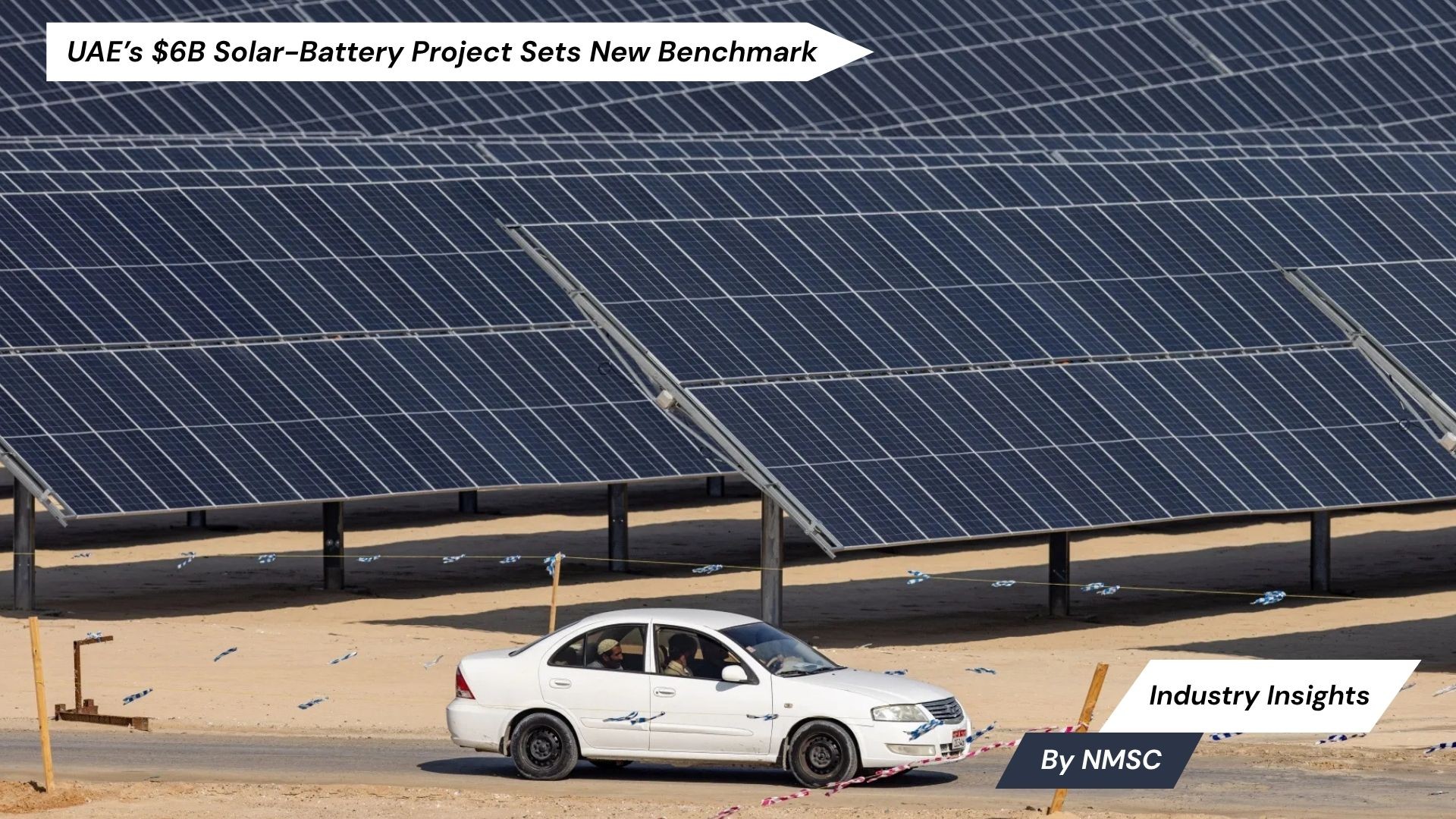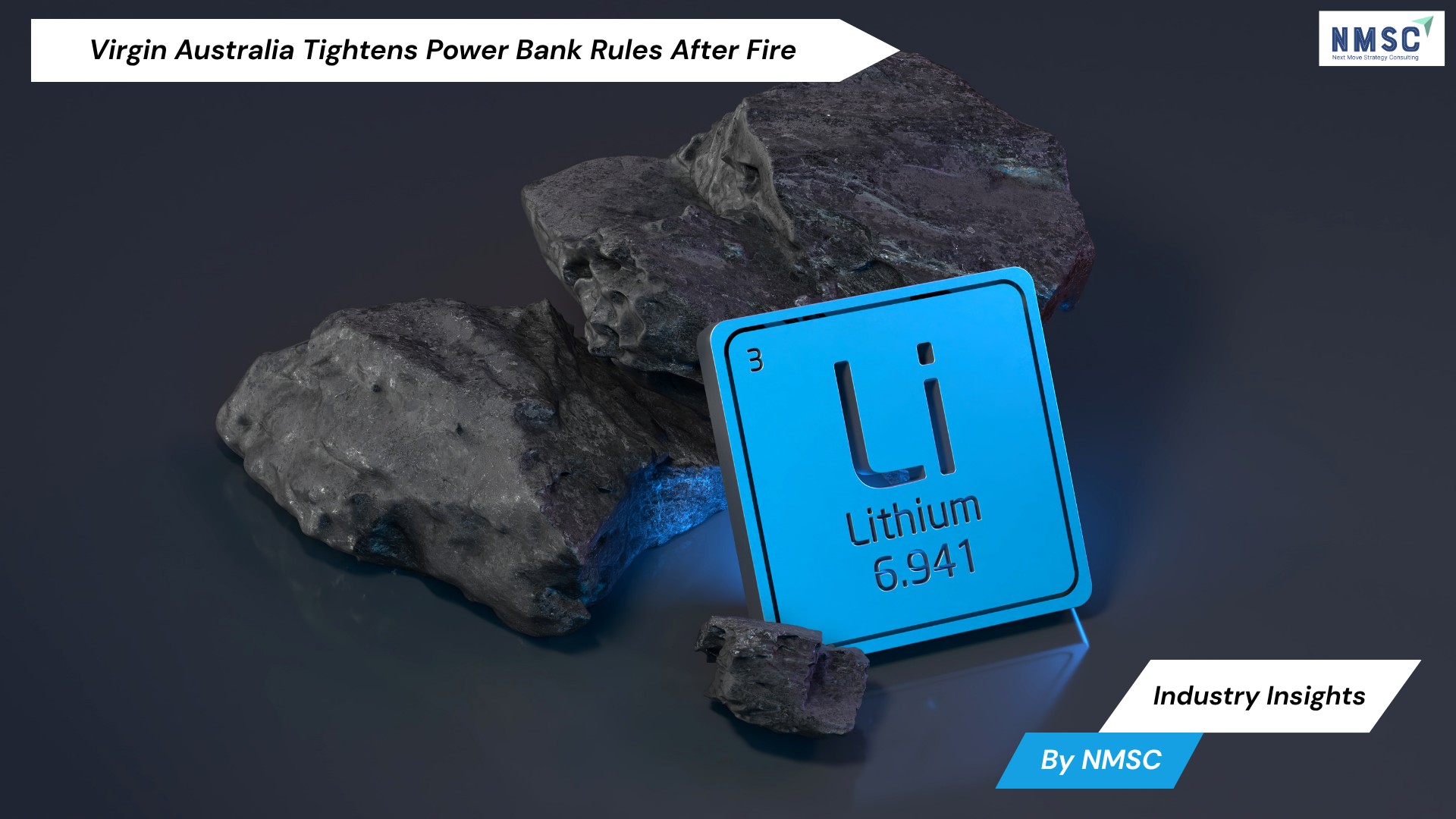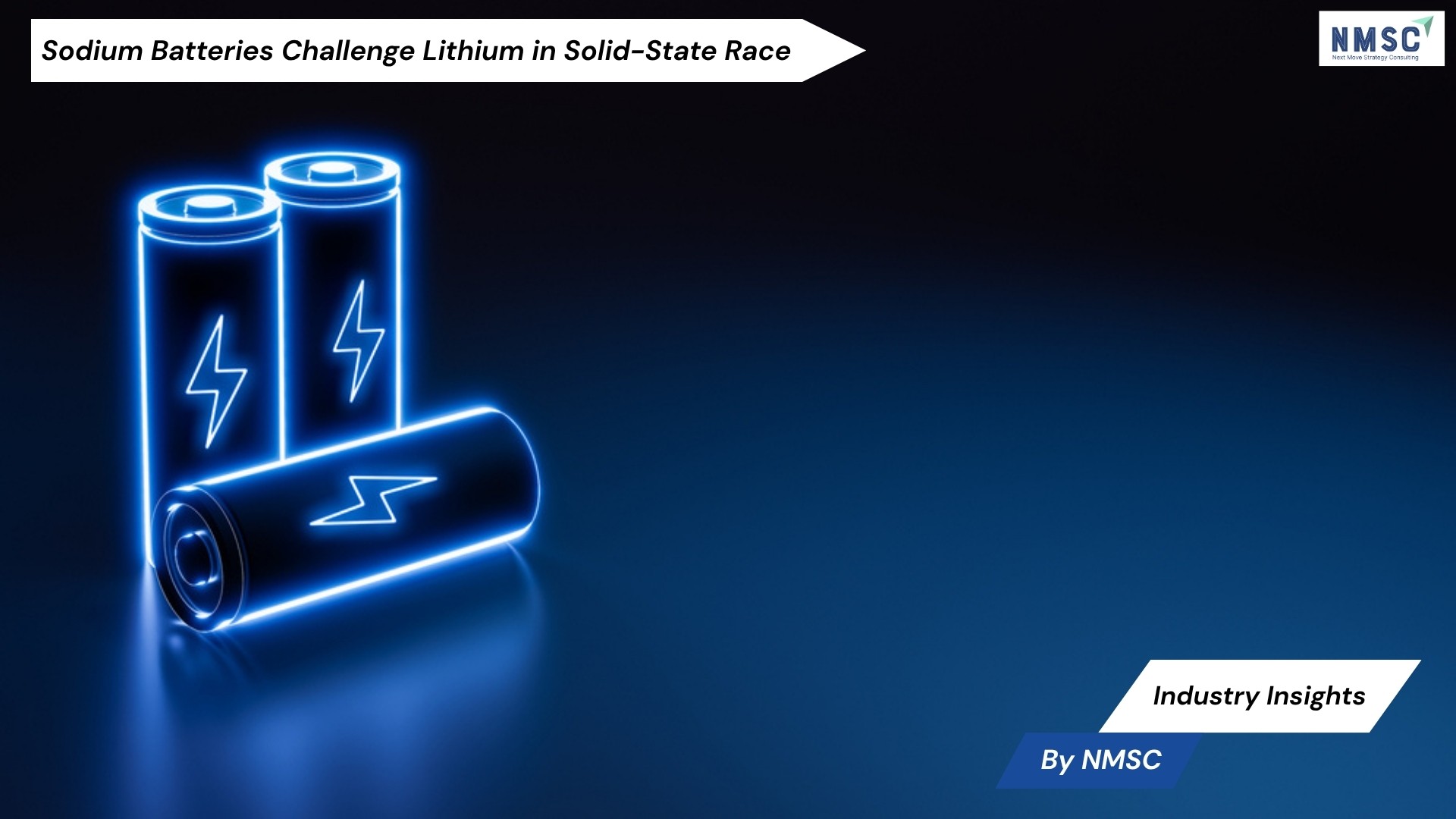Spain Battery Market is Expected to Reach USD 1188.2 Million by 2030
Published: 2025-07-24
Surging EV Adoption Accelerates the Spain Battery Market Expansion
According to Next Move Strategy Consulting, the Spain Battery Market size was valued at USD 373.5 million in 2024 and is projected to USD 473.1 million by 2025. Additionally, the industry is expected to continue its growth trajectory, reaching USD 1188.2 million by 2030, with a CAGR of 21.28% from 2025 to 2030.
Additionally, in terms of value, the market volume in 2024 was 563 thousand units and is projected to 1027.7 thousand units in 2025. Moreover, the Spain battery industry is expected to reach 6859.2 thousand units by 2030, with a CAGR of 37.21 % from 2025 to 2030.
Rapid adoption of electric vehicles (EVs), particularly plug-in hybrid electric vehicles (PHEVs), is a key driver of growth in Spain’s battery market. According to International Council on Clean Transportation in 2025, PHEV registrations surged by 173%, reflecting the country’s accelerating transition toward cleaner mobility solutions. This sharp increase in demand has intensified the need for advanced energy storage systems, particularly lithium-ion batteries, and has spurred significant investments in domestic battery manufacturing.
Automotive companies are establishing large-scale gigafactories to supply both local and regional markets, strengthening Spain’s industrial base. These developments are not only expanding battery production capacity but also supporting the creation of an integrated battery value chain, from raw material sourcing to recycling, positioning Spain as an emerging leader in Europe’s battery technology landscape.
However, high initial investment and operating costs is a significant restraint on the growth of Spain’s battery market. Establishing battery manufacturing facilities, especially at gigafactory scale, requires substantial capital for infrastructure, advanced machinery, skilled labor, and compliance with stringent environmental and safety regulations.
In addition to the high setup costs, ongoing operational expenses such as energy consumption, material sourcing, and maintenance, further increase the financial burden. These cost barriers make market entry difficult for small and medium-sized enterprises and can delay large-scale projects, ultimately limiting the pace of industrial expansion and innovation within the sector.
On the other hand, the introduction of Nano Diamond Batteries (NDB) presents a transformative opportunity for the Spain battery market expansion across multiple industries. NDBs offer ultra-long-lasting, self-charging power solutions by converting radioactive waste into usable energy through diamond-based nanomaterials. Their potential to deliver high energy density, safety, and longevity makes them suitable for diverse applications, including electric vehicles, aerospace, medical devices, industrial IoT, and defense.
For Spain, investing in the research, development, and integration of NDB technology could position the country at the forefront of next-generation energy innovation. It also aligns with sustainability goals by utilizing nuclear waste, reducing environmental impact, and fostering advanced manufacturing capabilities, opening new economic and technological pathways within the battery sector.
Request for a FREE Sample PDF Report on Spain Battery Market
According to the report, the top players operating in the Spain battery industry include Tesla, Inc., Toshiba Corporation, Panasonic Corporation, Exide Industries Ltd., Endurance Motive S.A., TAB Batteries, Millor Battery, Delong Energy, Duracell Inc., Sunlight Group, Basquevolt, Cegasa, NC Power, PYTES Energy, AESC Group Ltd. among, and others. These companies are adopting strategies such as strategic collaborations, pilot deployments, and product innovations to strengthen their foothold across Spain and broader European regions.
In recent years, the Spain battery market demand has experienced a significant transformation, marked by a shift toward advanced energy storage technologies, enhanced energy density, and high-performance lithium-ion systems. Leading battery manufacturers are moving beyond traditional formats to deliver next-generation solutions tailored for both utility-scale storage and high-efficiency mobility platforms. This evolution is driven by Spain’s growing emphasis on renewable integration, electrification of transport, and the need for resilient and scalable battery infrastructures.
A strong example of innovation in the Spain battery market trends is in Q1 2025, Tesla’s battery energy storage deployments rose 156% year-over-year, driven by strong demand for utility-scale storage solutions like the Megapack. The company also continued advancing its 4680-battery cell technology, aimed at improving energy density and lowering production costs for future EVs and stationary storage applications.
Meanwhile, in June 2025, Toshiba began sample shipments of its new SCiBNb lithium-ion battery, the world’s first to use a niobium–titanium oxide (NTO) anode. Designed for commercial EVs and energy storage, the battery offers ultra-fast charging (80% in 10 minutes), a long cycle life of around 15,000 cycles, and stable performance across a wide temperature range. Developed with CBMM and Sojitz, it is now undergoing pilot demonstrations, including in electric buses, signaling its readiness for real-world applications.
In January, 2025 Panasonic Energy Co., Ltd. and Lucid Group launched the Lucid Gravity Grand Touring SUV, with production having commenced in December 2024. The vehicle was equipped with Panasonic’s next-generation 2170 cylindrical lithium-ion battery cells, enabling it to deliver an EPA-estimated 450-mile range from a battery pack that was up to 40% smaller than those of competitors. The collaboration combined Panasonic’s high-energy density cells (>800 Wh/L) with Lucid’s vehicle architecture to achieve enhanced efficiency, safety, and interior space within a mid-size SUV footprint.
Key Insights from the Spain Battery Market Report:
-
The information related to key drivers, restraints, and opportunities and their impact on the Spain battery market share is provided in the report.
-
The value chain analysis in the Spain battery market study provides a clear picture of the roles of each stakeholder.
-
The market share of the key players, along with their competitive analysis, are provided in the report.
















Add Comment